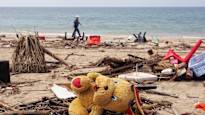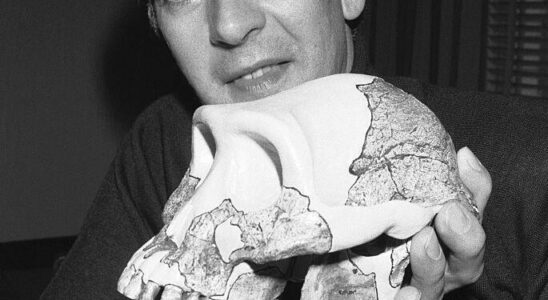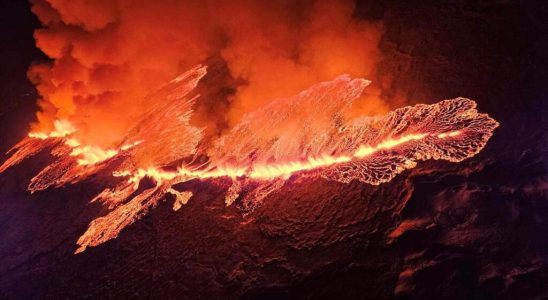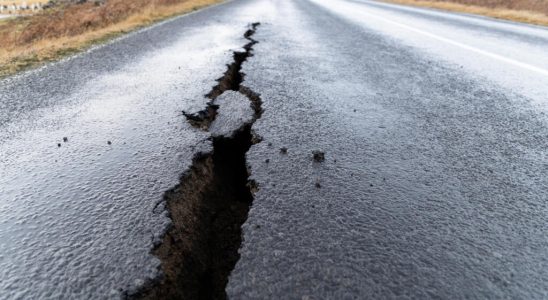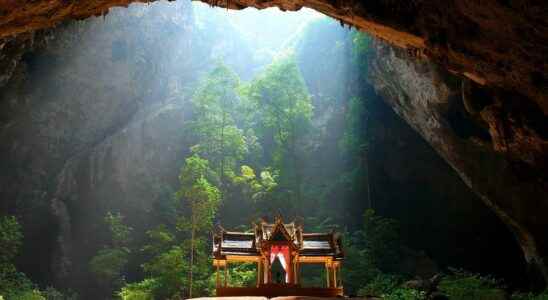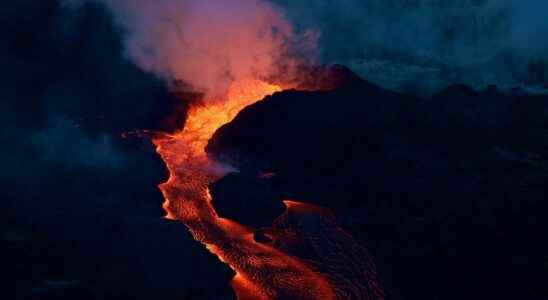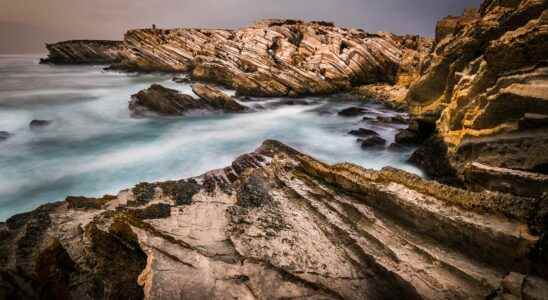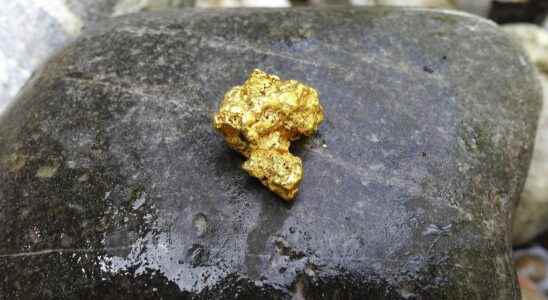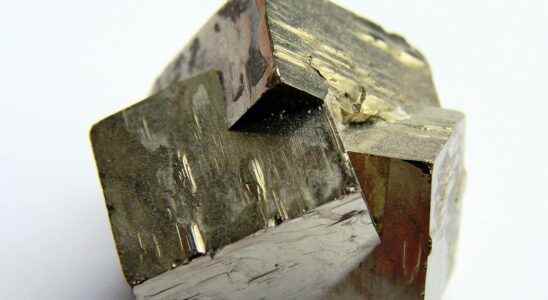Tag: Geology
It will be 20 years since the devastating tsunami in Southeast Asia | News in brief
On December 26, 2004, a powerful 9.1 magnitude earthquake shook the coast of the Indonesian island of Sumatra. The earthquake triggered tidal waves up to 15 meters high, which hit…
November 24, 1974, the day we discovered Lucy, symbol of the origins of humanity, in Ethiopia
Lucy’s discovery took place in the Afar region of northeastern Ethiopia. Donald Johanson, an American anthropologist, and the student who accompanied him, Tom Gray, spotted a piece of elbow, likely…
An underground ocean three times larger than all our oceans combined
A revolutionary discovery has turned our understanding of the Earth’s hydrosphere on its head: a gigantic reservoir of water, hidden between 400 and 600 kilometers below the surface, is thought…
A new spectacular volcanic eruption in Iceland
A volcanic eruption, the fourth in two years, began Monday evening in Iceland, in an area south of the capital Reykjavik, where seismic activity had been very intense since the…
Iceland worried after discovery of magma fissure in Grindavik
In Iceland, the Fagradalsfjall volcano is once again shaking the earth and threatening to erupt in Grindavik, a town located 40 km southwest of the capital Reykjavik. The island declared…
Top 23 caves, in the bowels of the Earth
Caves are generally natural underground cavities most commonly found in karst areas on earth or under water. Although they may also have been dug by human hand to provide shelter…
What are the different types of volcano?
The geologistsand above all, of course, the volcanologists as Haroun Tazieffclassify the volcanoes depending on the different types of eruptions they can produce. This slideshow will explain it to you.…
Passive continental margin: what is it?
“Continental margin” is the term used to define the transition zone between a continental crust and an oceanic crust. There are two types of continental margins: the active margin and…
Where to find gold in France?
Want to discover gold panning and find your own gold flakes and nuggets? No need to travel to the other side of the world to find this precious metal, just…
Macle: what is it?
A twin is an association of two or more crystals of the same mineral species, which orient themselves and fit together at the time of their growth following crystallographic rules…
